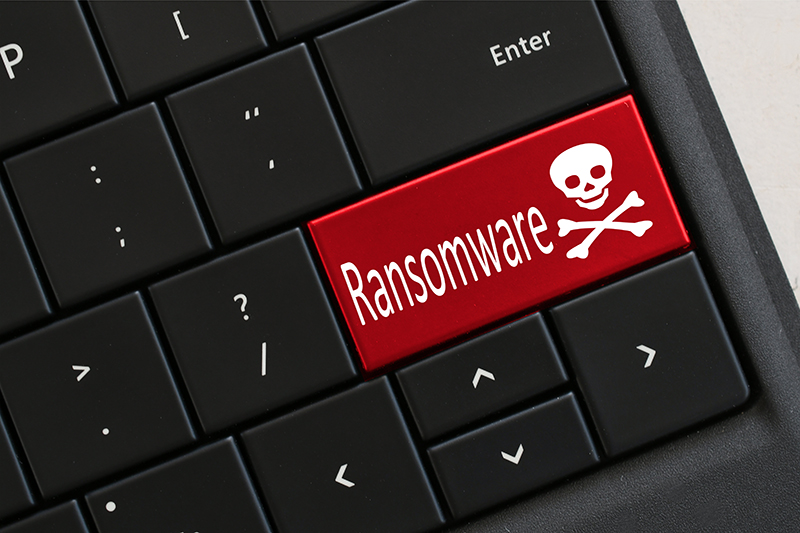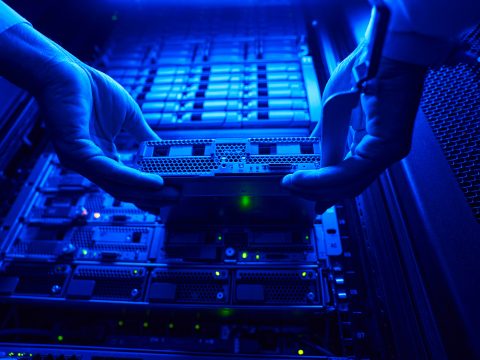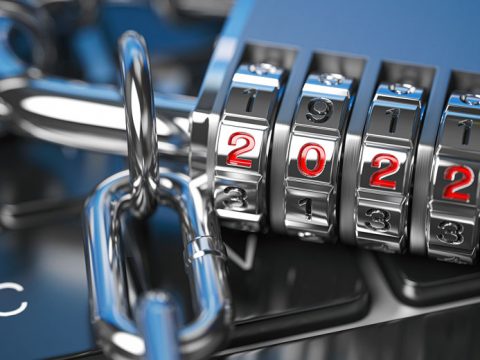
Most Dangerous Cybersecurity Threats of Summer 2022 – Part 3
April 22, 2022
Your Private Data is all over the Internet- how to minimize your digital footprint.
April 26, 2022If you’re sitting on a pile of old phones, tablets, or computers, now is the best time to sell them for cash.
Technically, this is always true, because used electronics depreciate in value over time. But refurbishers say the ongoing chip shortage has increased the value of certain hard-to-find electronics, particularly iPads and Apple Watches, raising the price they’ll pay even for older models.
Meanwhile, the electronics buyback market is gradually becoming more competitive for buyers and sellers alike. Gizmogo launched in 2020 with an emphasis on convenience—it provides prepaid shipping boxes and accepts broken products—and The Swap Club created a means to trade-up between used iPhones earlier this year. The refurbished tech marketplace Back Market has just jumped into the buyback business as well, connecting shoppers directly to refurbishers with fewer middlemen.
All of this comes amid a boom in used smartphone sales, with IDC reporting that 19% of smartphone shipments worldwide in 2021 were used, up from 17% in 2020. But to take advantage, more consumers have to realize that they should be selling their used gear in the first place.
“These are commodities, and they lose value every single day,” says Scott Walker, the president of refurbisher D2C+. “If you leave it in your drawer for a year, you’ve likely lost 70% of the value.”
WHAT YOUR USED TECH IS WORTH
The process for selling your old devices is similar across most buyback sites: Either type in or select the type of device you have, answer some questions about its condition, and agree to reset the device or disable any activation locks before shipping it off. Most sites will provide a prepaid shipping label, though you may need to supply your own box. In most cases, you don’t have to provide the original charger or packaging. Sites like SellCell and Flipsy can look across multiple buyback sites and tell you which ones give you the most money (though neither shows results from Back Market).
But how do buyback sites arrive at the sale prices they offer? Refurbishers say it’s simply a matter of supply and demand, based on what sites like Amazon and eBay are charging for used or refurbished gear.
Nick Skelly, the president of Maryland-based refurbisher Simple Cell, says he works backward from there, factoring in things like the condition of a phone and the fees of whatever site he’s buying and selling through. He maintains a vast database of devices and what they’re worth, and in the case of Back Market, an automated system lets him bid for used inventory based on whatever maximum price he’s willing to pay.
And iPads are particularly hot right now, he says, due to supply shortages for the newest model. While buying a new iPad isn’t impossible, inventory has been limited, leading to intermittent delays at some retailers, including the Apple Store. Those kinds of interruptions, however slight, can raise the used sale price for older models.
“You can go on Back Market buyback right now, and probably sell your iPad 7 or your iPad 8 for 80% of what you bought it for,” Skelly says. “If you need an iPad, or need a replacement, you have to buy it from somewhere.”
Outside of those stranger circumstances, the value of used gear naturally declines over time as new products launch. A study last year by the tech buyback site Decluttr found that iPhones lost 49% of their trade-in value on average one year after launch and 66% after two years, while Samsung phones lose 65% and 79% after one and two years, respectively.
But as you might expect, the condition of a device can have a major impact on those trade-in values. Skelly says that on Back Market, the difference between a phone in fair and excellent condition can be as much as 30%. By comparison, features like extra storage, added memory, or device color don’t matter nearly as much.
“Once you get past the function, the condition is 100% what drives the value,” he says. “Nobody wants to buy a phone with scratches on the glass, or that’s dinged up. They want that new feeling for less.”
BRING YOUR BROKEN GADGETS
While a damaged device won’t fetch nearly as much as a pristine one, that doesn’t mean you should avoid selling it. Some refurbishers specialize in fixing or finding a home for them, and a more competitive buyback market could help those devices fetch more cash than they used to.
Scott Walker of D2C+ notes that tech buyback services haven’t traditionally been interested in devices with major problems. Their model involves buying up lots of electronics, then selling them into other markets on a wholesale basis, so they’re mainly looking for phones and tablets that don’t need costly repairs.
By contrast, he’s cultivated a large network of mom-and-pop repair shops that want to harvest broken phones for parts. Because Back Market allows him to buy those devices directly from consumers, he can preserve his own profit margins while also offering a competitive buyback price. A five-year-old iPhone with a broken screen, he says, might still be worth $20 to $30—more than most other buyback sites offer.
“What they’ve done is, they’ve shaved several segments of the supply chain by doing it, and therefore shaving out costs in the process to get the phone resold,” Walker says.
He still suggests shopping around before settling on any buyback site, and you might still consider listing your device on marketplaces Swappa, eBay, or Facebook if you don’t mind the hassle of selling directly to other users. The biggest limitation with Back Market’s buyback program in its early days appears to be a lack of refurbishers; many product searches come back with no offers at all.
Over time, though, Back Market says its goal is to beat out other buyback sites on what it offers consumers for their used devices. Lauren Benton, the general manager of Back Market’s U.S. business, says always watching other sites to see if it can do more to create a more competitive marketplace.
“We track that very closely to understand if we’re not performing against another site that does [a buyback] program,” Benton says.
Nick Skelly of Simple Cell says he’s already seeing the results. While he hasn’t yet bought a lot of devices through Back Market yet, the cash that customers are getting is greater than what he believes they’d get if they sold their used devices elsewhere. It also costs him less since he gets the devices directly from consumers, and can then refurbish and sell them back again without any wasted time or additional intermediaries to pass through.
“They’re completing the circle of the circular economy. We’re able to source and buy devices, and then resell them back on the same marketplace and get them into hands of consumers,” he says. “That’s the whole circle right there.”
Source: https://www.fastcompany.com/90737248/stop-dawdling-and-sell-your-old-gadgets-already




